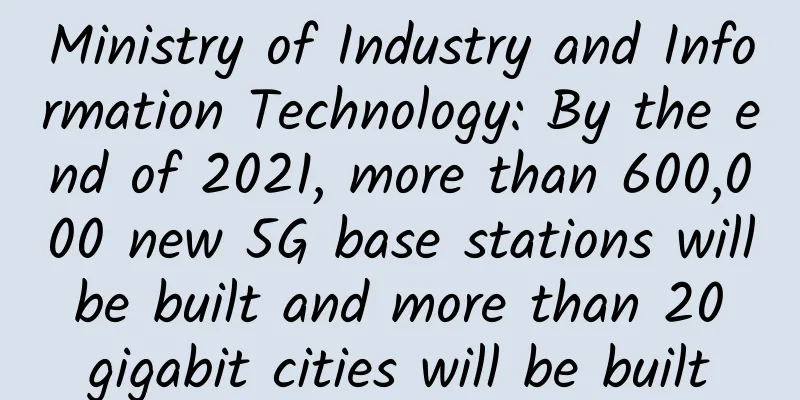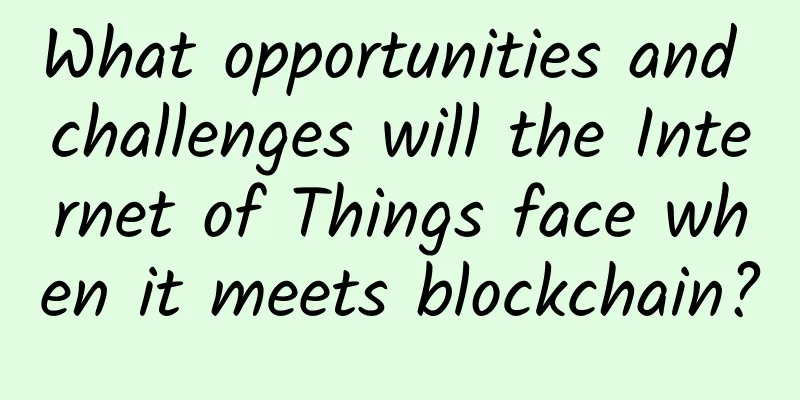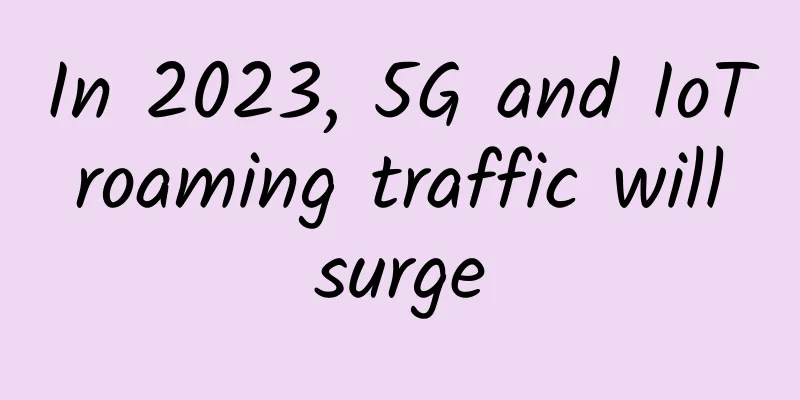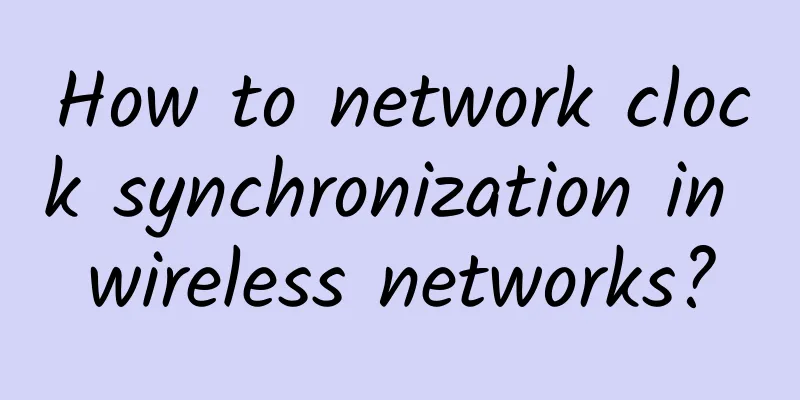In addition to speed, 5G can also change these aspects of your life!

|
5G is the hottest buzzword at the moment, and it can be said that everyone knows it. With the official issuance of licenses by the Ministry of Industry and Information Technology, the popularity of 5G has been pushed to the peak. In order to welcome this new era, many Internet giants including BAT, as well as many terminal manufacturers such as Xiaomi, OPPO and OnePlus, have been sharpening their knives and have launched their own 5G products or corresponding development strategies. So, what does 5G mean to users besides faster speed?
As the fifth generation of cellular mobile communication technology, 5G and 4G have a world of difference in performance. The former can provide higher data rates, lower latency, more economical communication costs, higher system capacity and more reliable connections than the latter... According to relevant foreign data, by 2021, there will be more than 22.5 billion IoT devices connected to each other worldwide. Only 5G can meet the needs of such a huge IoT network. Some people say that the significance of 5G to the Internet of Things is like that of 4G to the mobile Internet. Indeed, if 3G pioneered the era of mobile Internet, then 4G is a powerful driver of this era, and many emerging industries and services have been born. But 5G may change the entire society, not just a few industries. The qualitative improvement in network speed will give the Internet of Things a real soul. Unmanned driving, smart homes, and even smart cities will eventually become a reality. 5G for Smart Cities As the size of cities continues to expand, various situations that occur every day will be presented in the form of data, and many of these data must be analyzed and processed in a timely and accurate manner, otherwise major problems may arise. However, thanks to the emergence of 5G, smart cities are finally becoming a reality. From intelligent medical care, such as doctors performing remote surgery, to traffic supervision and even garbage sorting, more and more sensors and corresponding edge data centers will be deployed in the city's infrastructure. Relying on 5G's high bandwidth and large data load, various intelligent systems can be integrated with each other to achieve communication interaction, and ultimately achieve true urban networking. In addition to the Internet speed, self-driving cars are also a landmark product of the Internet of Things era. In the future, self-driving cars will be equipped with many sensors, including engine temperature, traffic condition prediction, GPS, etc. These sensors will generate a large amount of real-time data, among which traffic condition prediction is also data that requires immediate processing. For example, the relative speed of the car, obstacle threat judgment, etc., all need to be discovered and processed immediately. All of these can only be accomplished with the high bandwidth, low latency, and coordination of edge data centers of 5G. 5G Healthcare In the future, with the implementation of 5G, the medical field will also be one of the industries that will benefit. Not only will related medical equipment or technologies achieve significant development, but more importantly, many patients in remote areas will benefit from it. Many emergencies that require surgery can be performed through remote surgery with the help of 5G's low latency. This will give many seriously ill patients in the region a chance to survive. Retail and Logistics If the 4G era and smartphones have accelerated the transition of the retail industry to e-commerce, then 5G will bring revolutionary experiences to users in the future. Due to the tighter connectivity and the interconnection with various devices, merchants can instantly analyze the information that nearby users are browsing through big data analysis, and display the content that users may be interested in to the terminal or the digital signage of their own store, so that merchants and users can achieve better interaction effects. In addition, 5G will also effectively improve the network connection problems in the fields of augmented reality and virtual reality. New retail is also one of the main application scenarios of these two technologies. As for logistics, through 5G, it will be possible to deploy more complex IoT tracking sensors to collect relevant real-time data, detect each link of logistics, and improve the overall operational efficiency of logistics. |
>>: When to use 5G and Wi-Fi 6?
Recommend
6G Proposal: Entering a new stage and meeting new challenges
At the 44th meeting of the ITU-R WP5D, the ITU co...
Remember 3 parts, 2 addresses, and 1 formula, and you can easily divide subnets
Overview Subnetting is a basic skill that any net...
"Disruption" or "Pie in the sky", what is the charm of OpenRAN?
OpenRAN (Open Radio Access Network) seems to be v...
iWebFusion: Starting from $45/month E3-1230v2/16GB/2TB/10TB@1Gbps, multiple data centers in Los Angeles and other places
iWebFusion (iWFHosting) is a site of H4Y, a forei...
Opportunities and challenges of the 5G golden frequency band: Is the 700MHz industry chain ready?
Spectrum resources are the core resources for the...
Huawei Cloud China Tour in Xi'an invites you to join us and discuss how to collaborate and innovate in the cloud era
[51CTO.com original article] On October 26, 2017,...
WiFi stuck, maybe it's the wireless network card
In the new year, WiFi network should have a new e...
Enterprise Network Data Communication Solution Practice - EIGRP
Practical objectives: Through practical applicati...
Xiaoyu Yilian's full range of new products are officially released to ignite the nuclear fusion of the audio and video conferencing industry
On August 2, the 2017 Xiaoyu Yilian E=mc² new pro...
edgeNAT Los Angeles 4837 dual ISP host simple test
In February, the tribe shared the news that edgeN...
Standard Interconnect's new US lightweight cloud starts at 98 yuan/year, and Hong Kong CN2 starts at 198 yuan per year
At the beginning of the year, we shared informati...
[Black Friday] RackNerd: VPS starts at $10.18/year, dedicated servers start at $59/month, multiple data centers in Los Angeles/San Jose/Utah, etc.
Just after Double Eleven, RackNerd released Black...
Guangdong Unicom brings new vitality to traditional private lines Huawei is willing to be the network reconstructor behind the scenes
[51CTO.com original article] During the 4th Globa...
Managing a data center requires foresight
More and more businesses are finding that in orde...
5G and edge computing are a perfect match
Enterprise IT leaders have heard a lot about edge...









